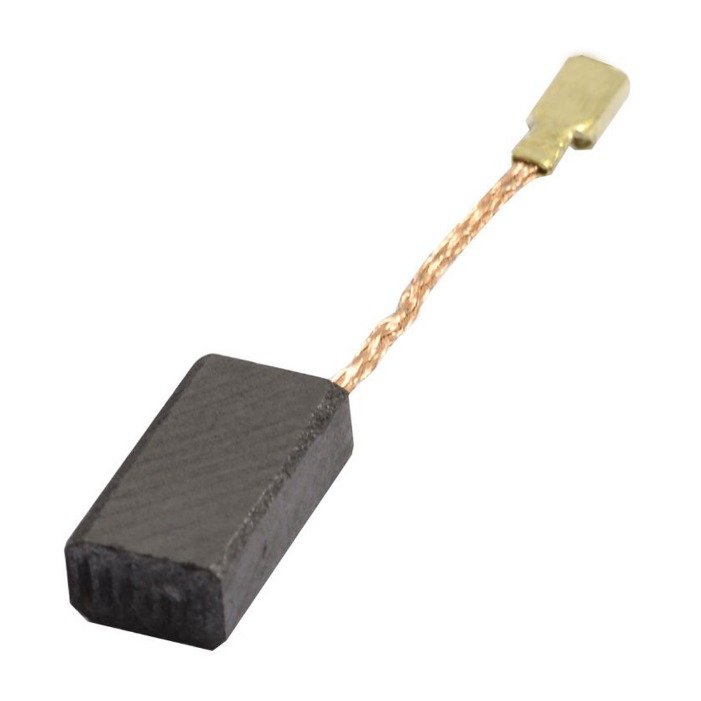Read more about Motor brushes here.
In today’s modern world, carbon brushes have become an essential component in various industries. These small yet powerful devices play a crucial role in ensuring the smooth functioning of machinery and equipment. From automotive to manufacturing sectors, carbon brushes are utilized in a wide range of applications.
The Basics of Carbon Brushes
Carbon brushes are electrical conductors that transmit electrical current between a stationary and rotating part of a motor or generator. They are typically made from a mixture of graphite and other materials, which provide excellent conductivity and durability. The main function of carbon brushes is to transfer electrical energy to the moving part of the machine, ensuring proper operation.
Applications of Carbon Brushes
The versatility of carbon brushes makes them suitable for a variety of applications across different industries. Some common uses include:
- Electric motors
- Generators
- Alternators
- Pumps
- Power tools
Frequently Asked Questions
- What are the benefits of using carbon brushes?
- How long do carbon brushes last?
- Can carbon brushes be replaced?
Carbon brushes offer high conductivity, low maintenance, and excellent wear resistance, making them ideal for demanding industrial environments.
The lifespan of carbon brushes depends on various factors such as operating conditions, maintenance, and quality of the brushes. On average, they can last from several months to a few years.
Yes, carbon brushes can be easily replaced when worn out. Regular maintenance and inspection are essential to ensure optimal performance and longevity of the brushes.
In conclusion, carbon brushes play a critical role in the smooth operation of machinery and equipment in various industries. Their exceptional conductivity and durability make them an indispensable component for powering electric motors, generators, and other electrical devices. As technology continues to advance, carbon brushes are expected to evolve further, revolutionizing industries and driving innovation.






